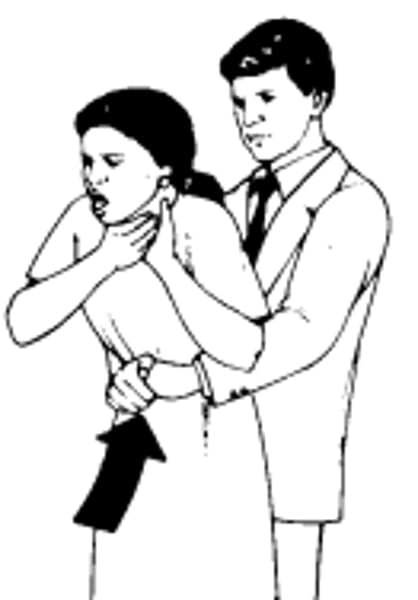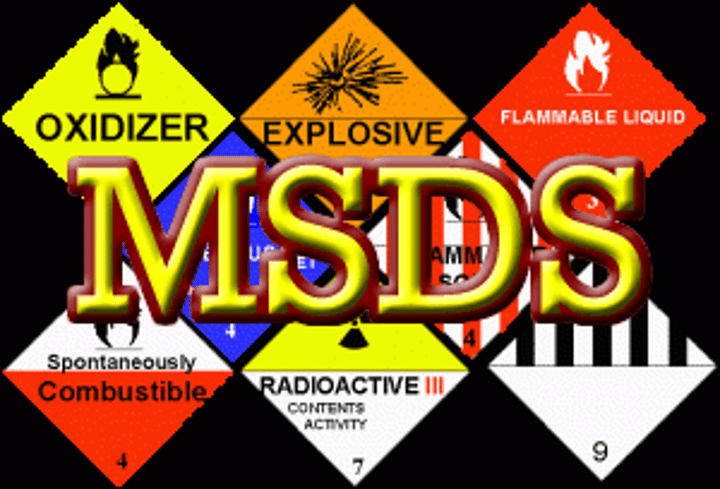Unit 5: Basic Safety & Emergencies
1/19
There's no tags or description
Looks like no tags are added yet.
Name | Mastery | Learn | Test | Matching | Spaced |
|---|
No study sessions yet.
20 Terms
Abdominal Thrust
Abdominal thrusts is a first aid procedure used to treat upper airway obstructions by foreign objects. The term Heimlich maneuver is named after Dr. Henry Heimlich, who first described it in 1974

Anaphylaxis
A severe, potentially life-threatening allergic reaction.

Aspiration
A condition in which food, liquids, saliva, or vomit is breathed into the airways.
Body Mechanics
Body mechanics is a term used to describe the ways we move as we go about our daily lives. It includes how we hold our bodies when we sit, stand, lift, carry, bend, and sleep. Poor body mechanics are often the cause of back problems. When we don't move correctly and safely, the spine is subjected to abnormal stresses that over time can lead to degeneration of spinal structures like discs and joints, injury, and unnecessary wear and tear.
Cardiopulmonary Resuscitation (CPR)
Cardiopulmonary resuscitation is an emergency procedure that combines chest compressions often with artificial ventilation in an effort to manually preserve intact brain function until further measures

Cerebrovascular Accident (CVA, Stroke)
Damage to the brain from interruption of its blood supply.

Choking
Inability to breathe caused by a blockage in the throat or windpipe.

Emesis
the action or process of vomiting.

Fainting
Image result for faintingen.wikipedia.org
Fainting, which medical professionals call syncope (pronounced SIN-ko-pea), is a temporary loss of consciousness. Fainting is caused by a temporary loss of the brain's blood supply and can be a sign of a more serious condition. People of any age can faint, but elderly persons may have a serious underlying cause.

First Aid
First aid is the assistance given to any person suffering a sudden illness or injury, with care provided to preserve life, prevent the condition from worsening, or to promote recovery.

Fracture
A broken bone

Incident Report
In a health care facility, such as a hospital, nursing home, or assisted living, an incident report or accident report is a form that is filled out in order to record details of an unusual event that occurs at the facility, such as an injury to a patient.
Myocardial Infarction (MI, Heart Attack)
A blockage of blood flow to the heart muscle.

PASS
The P-A-S-S technique for fire extinguisher use:
P - Pull the pin. It is there to prevent accidental discharge.
A - Aim low at the base of the fire. This is the where the fuel source is.
S - Squeeze the lever above the handle. Release to stop the flow.
(Some extinguishers have a button instead of a lever)
S - Sweep from side to side. Move toward the fire, aiming low at its base. Sweep until all flames are extinguished. Watch for re-igniting. Repeat as necessary. Have site inspected by fire department.
Place any fire extinguisher that has been used on its side on the floor. It will be collected and recharged after the fire scene is secure.
RACE
Follow the "R.A.C.E." acronym if there is a fire or suspected fire: Rescue - Alarm - Contain - Extinguish. Rescue. Immediately stop what you are doing and remove anyone in immediate danger from the fire to a safe are
Restraint Alternatives
RESTRAINT ALTERNATIVES.
Restraint Definition: Any manual method or physical or mechanical device, material or equipment attached or adjacent to the resident's body that he cannot remove easily which restricts freedom of movement or normal access to one's body.
Restraints
a measure or condition that keeps someone or something under control or within limits.
Safety Data Sheets (SDS)
The Hazard Communication Standard (HCS) requires chemical manufacturers, distributors, or importers to provide Safety Data Sheets (SDSs) (formerly known as Material Safety Data Sheets or MSDSs) to communicate the hazards of hazardous chemical products.

Seizure
A disorder in which nerve cell activity in the brain is disturbed, causing seizures.

Shortness of Breath (SOB)
known medically as dyspnea — is often described as an intense tightening in the chest, air hunger or a feeling of suffocation. Very strenuous exercise, extreme temperatures, massive obesity and high altitude all can cause shortness of breath in a healthy person.
